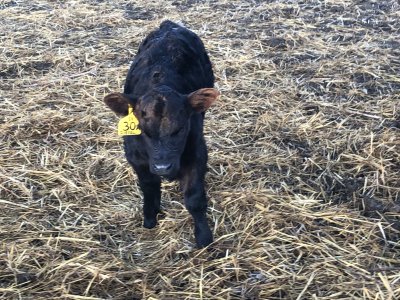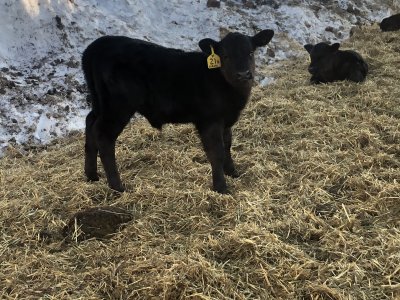Josher
Well-known member
I'm here to expose my lack of education on the matter. But anyways I had a question about some bulls that combine calving ease and high growth. Im assuming that the calving ease mostly comes from early gestation. What happens if u breed her to a cow that typically has larger calves and later gestation. I had one cow that typically has larger calves so I AI her to a bull with some decent calving ease but very good growth epds. Result Is I had to pull the calf and it was a hard pull. Came backwards but was still alive thankfully. I've never had to pull her calf before so it's left me a bit stumped. Another factor is that the bull was not high accuracy although his numbers didn't change much from last year to this year



